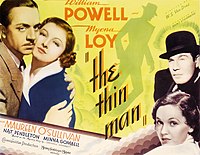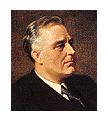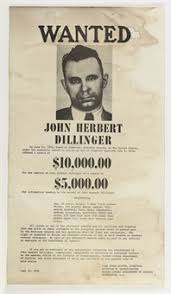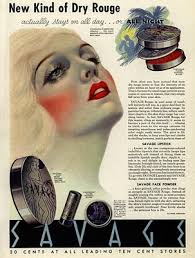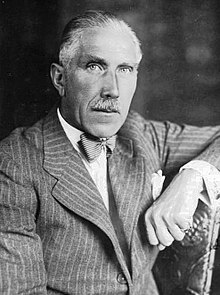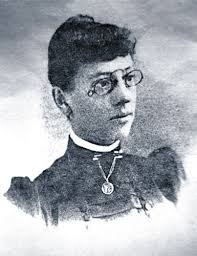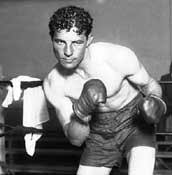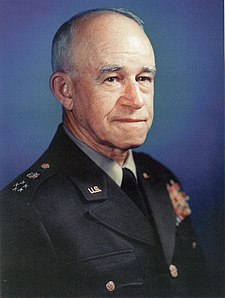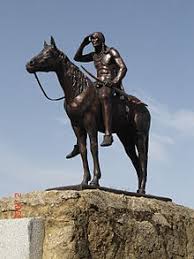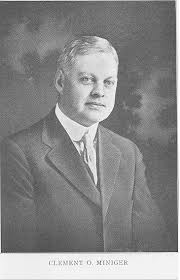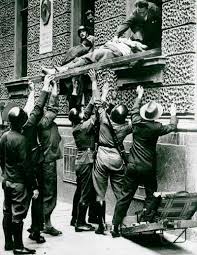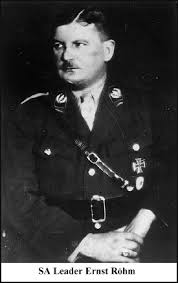 Great Blood Purge in Germany - June 30, 1934 |
| To preempt a plot against the National Socialist regime, Chancellor Adolf Hitler summarily executed 77 people, many of whom had been significant leaders of the party. This drastic move was directed against the more radical, social revolutionary wing of the National Socialist party who advocated the incorporation of the Storm Troops (party forces) into the Wehrmacht and called for radical property redistribution. Leading victims included General Kurt von Schleicher, Ernst Roehm (pictured above), Gregor Strasser, and Erich Klausener. |
